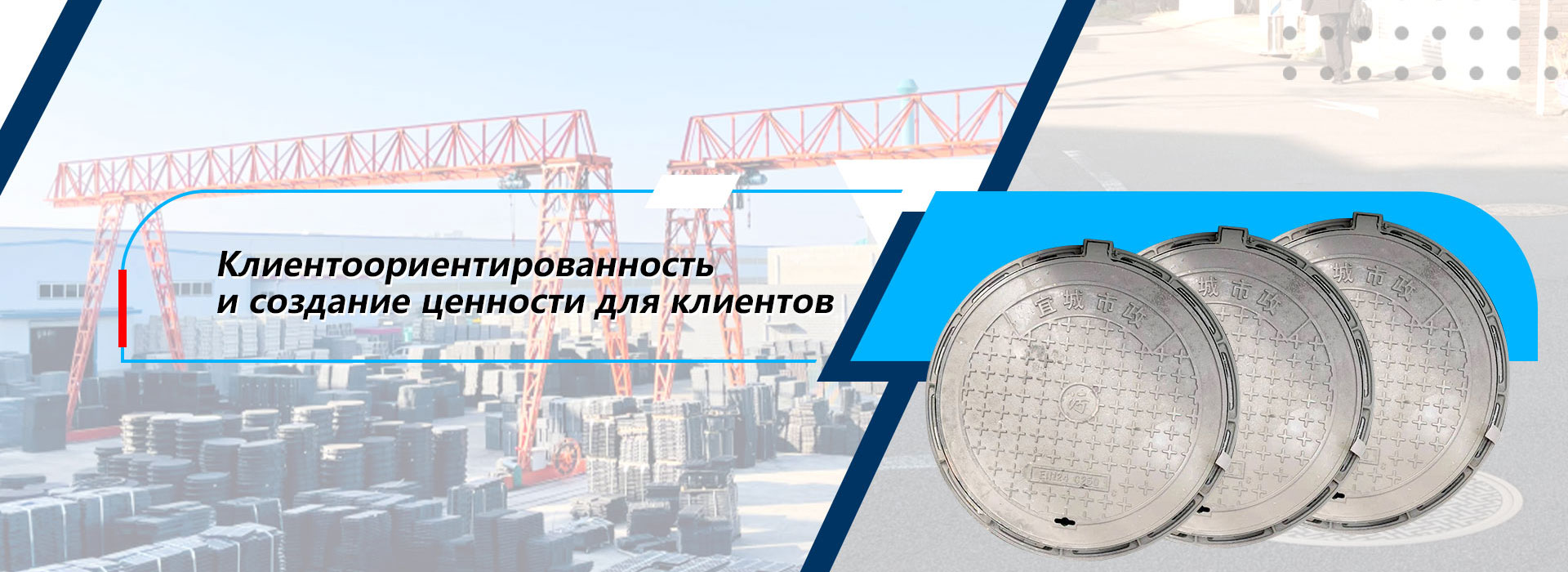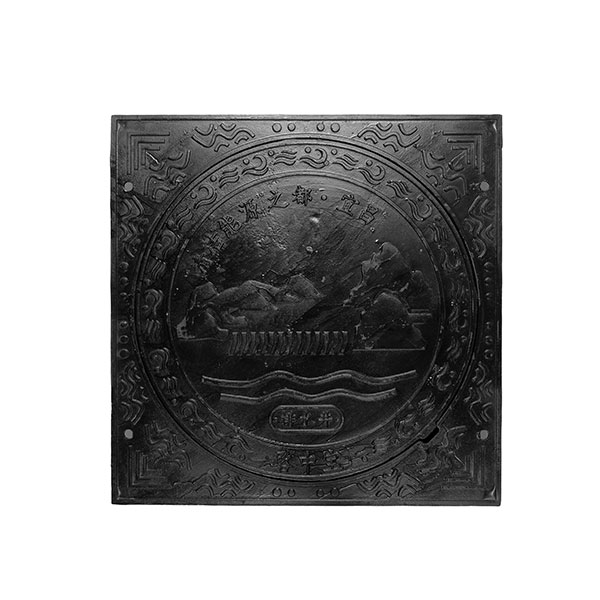
Led Luke sewer cast iron
## Luke of the sewer cast -iron: discreet hero of our streets
Invisible, but extremely important elements of urban infrastructure are cast -iron lids of sewer hatches. They withstand huge loads daily: car weight, blows, vibrations. It seems that this is just a piece of metal, but behind this simplicity hides a long story and a considerable number of engineering solutions.
### History and Evolution
The first sewer hatches were far from modern analogues. The materials were much less durable, and the designs were easier. Chugun, on the other hand, was a real breakthrough, providing the necessary strength and durability. For many decades, cast -iron covers have not changed, serving faith and truth. However, with the development of technology, new materials appeared - composite and plastic. Despite this, cast iron remains popular material due to its reliability and resistance to mechanical damage. Today, many cities are trying to maintain a historical appearance, choosing cast iron covers for restoration and new projects, giving a special charm the streets.
### Construction and Materials
The cast -iron lid of the hatch is not just a flat circle. It has a complex design that provides reliable fixation and prevents accidental displacement. Stiffer ribs located on the inside increase strength and resistance to loads. Cast iron itself is a strong and durable material that can withstand significant mechanical loads. Moreover, cast iron has good resistance to corrosion, which extends the lid’s life. However, despite all the advantages, cast-iron covers are subject to theft due to the value of metal, which forces to look for alternative, more economical and resistant to vandalism options.
### Value in City Life
Despite their invisibility, cast -iron lids of sewer hatches play a vital role in urban infrastructure. They provide access to sewer systems for repair and preventive work. The reliability and durability of the covers guarantee the uninterrupted operation of the sewage system, which in turn ensures the comfort and safety of the city’s inhabitants. Therefore, these inconspicuous, but important elements of urban economy, which work daily for the benefit of society, should be appreciated.
AppropriateProducts
Corresponding products
The best soldproducts
The best -selling products-
 450x750x40 Cast iron grill
450x750x40 Cast iron grill -
 600x600x55 Composite square lid of hatch
600x600x55 Composite square lid of hatch -
 400x500x50 Cast iron grill
400x500x50 Cast iron grill -
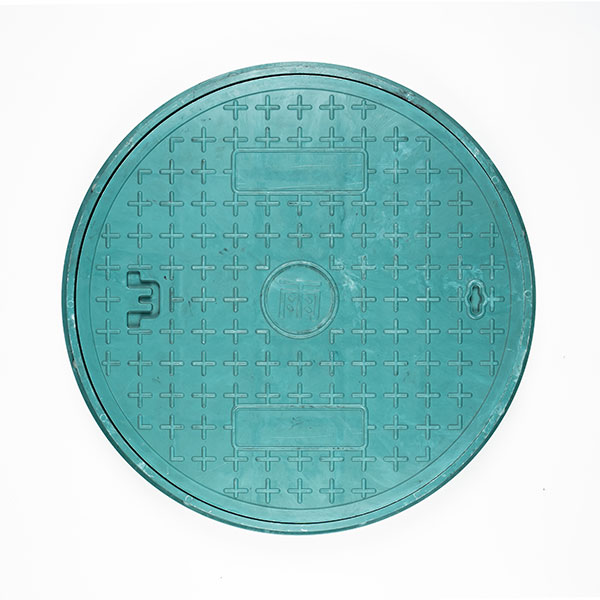 700x770x70 Composite round well
700x770x70 Composite round well -
 500x300x50 Composite square lid manhole
500x300x50 Composite square lid manhole -
 700x900x150 Anti -deception cast -iron round well
700x900x150 Anti -deception cast -iron round well -
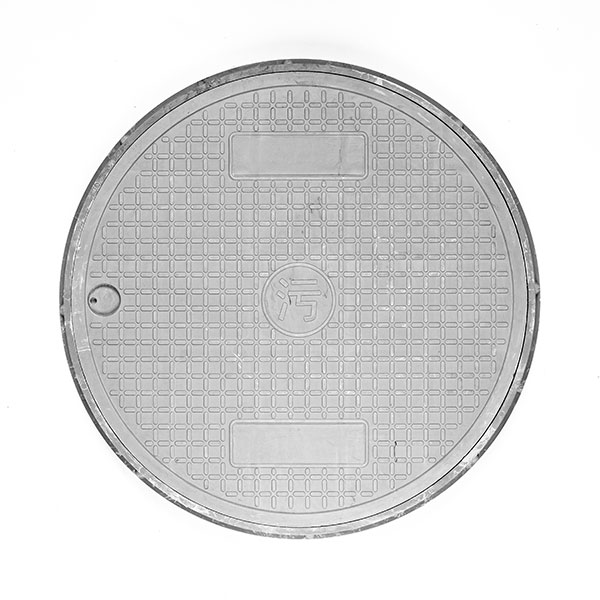 700x800x60 Composite round well
700x800x60 Composite round well -
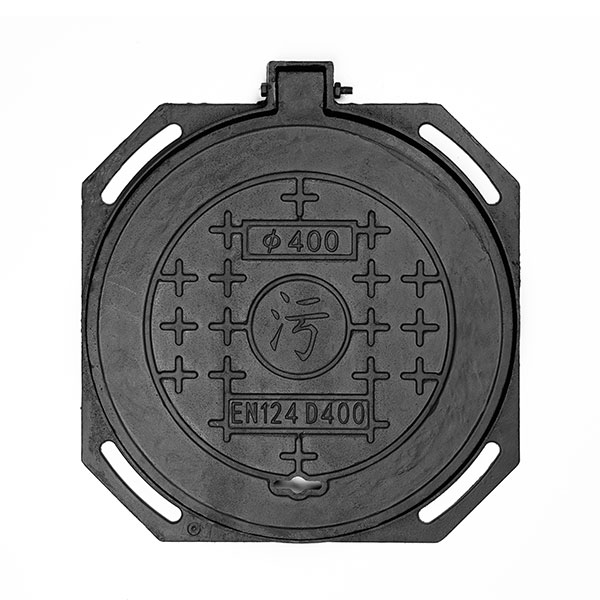 φ400 × 40 Round Luke cover
φ400 × 40 Round Luke cover -
 400x600x60 Cast iron square lid
400x600x60 Cast iron square lid -
 700x370x60 Composite square lid of hatch
700x370x60 Composite square lid of hatch -
 300x700x50 Composite square lid of hatch
300x700x50 Composite square lid of hatch -
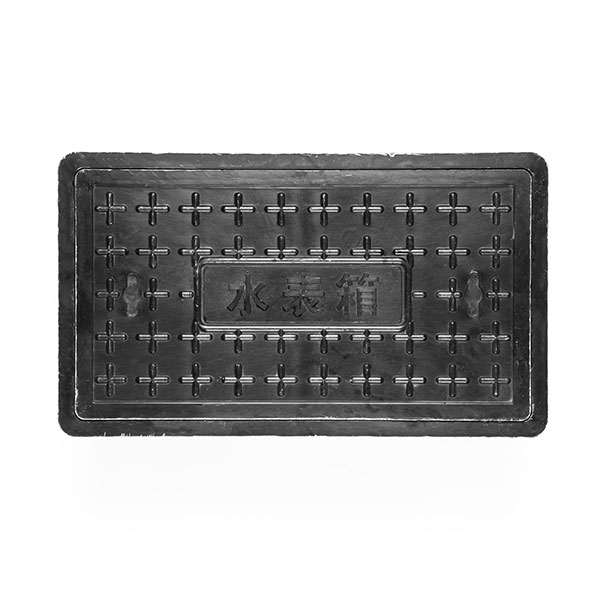 300x500x200 Composite water meter
300x500x200 Composite water meter
Connectedsearch
Related search- Cheap lids of hatches of St. Petersburg suppliers
- Cheap composite covers of trenches suppliers
- Cheap anti-falls Luke cover of the grid of the main buyer countries
- Cheap concrete ring plastic cover with hatch plant
- Luke of the well of the well
- Grate 400x400 Rainflower receiver
- Luke cover
- The best buyers of light cast iron lids from China
- lids of sewer's hatches
- Cheap 400x400 inlet grids of suppliers

